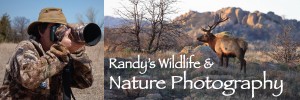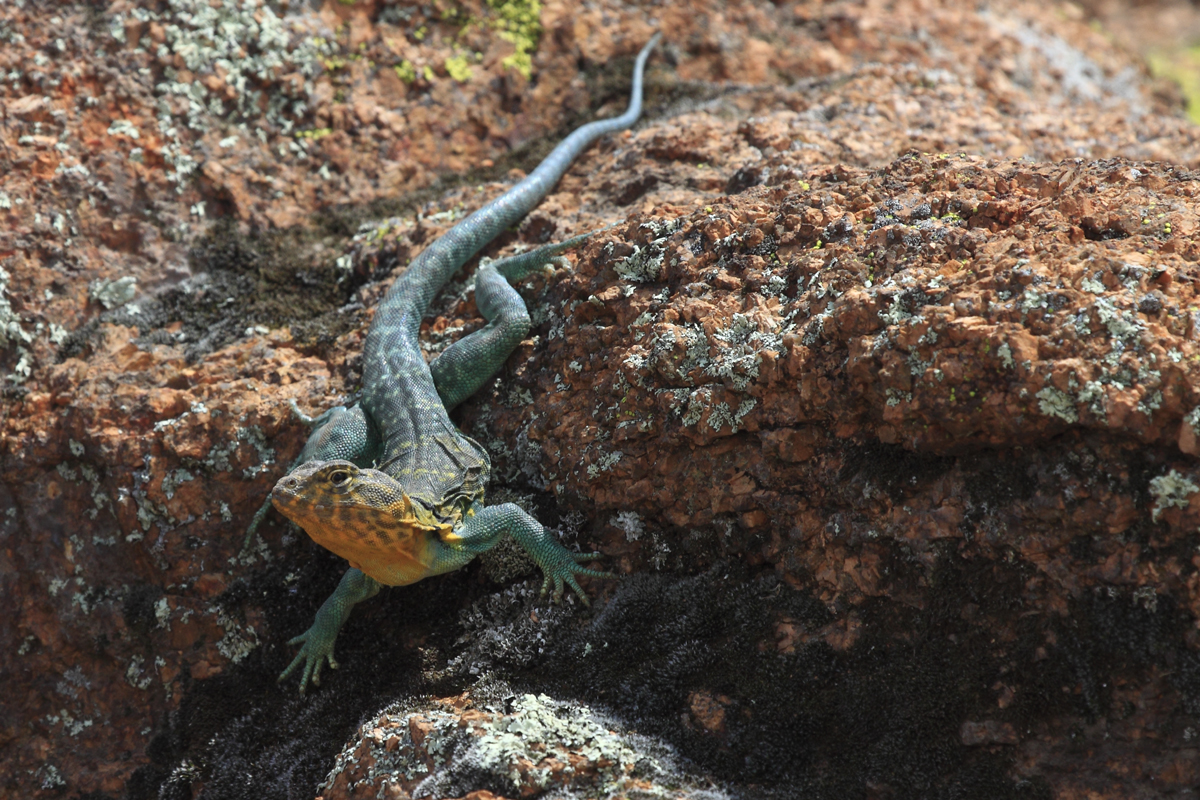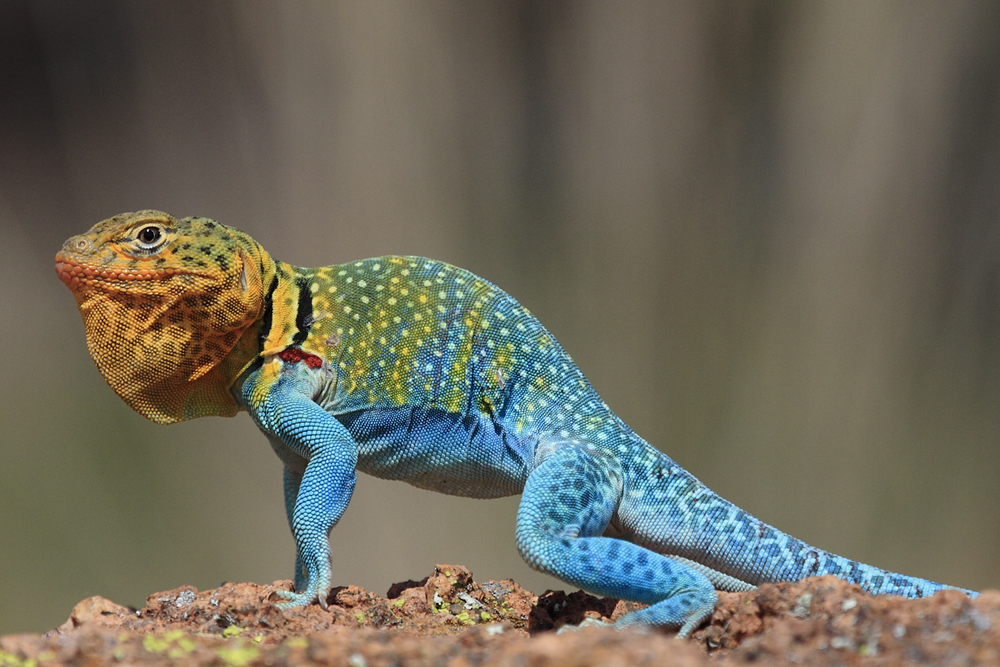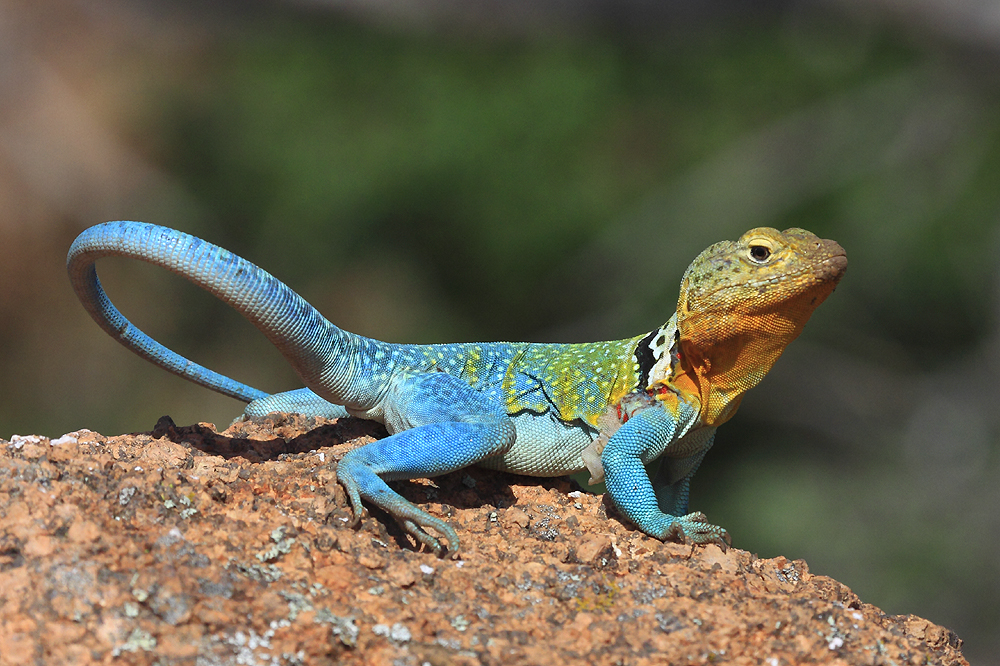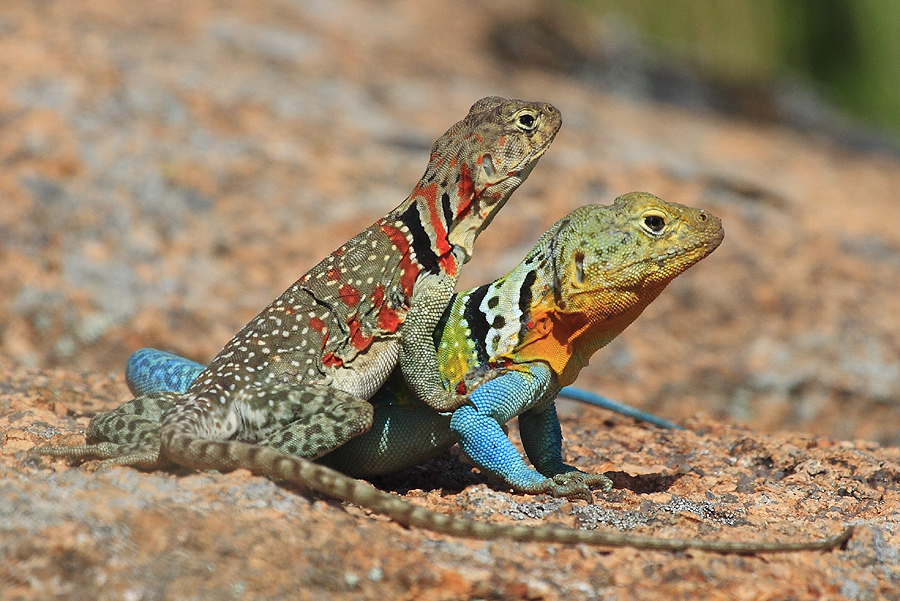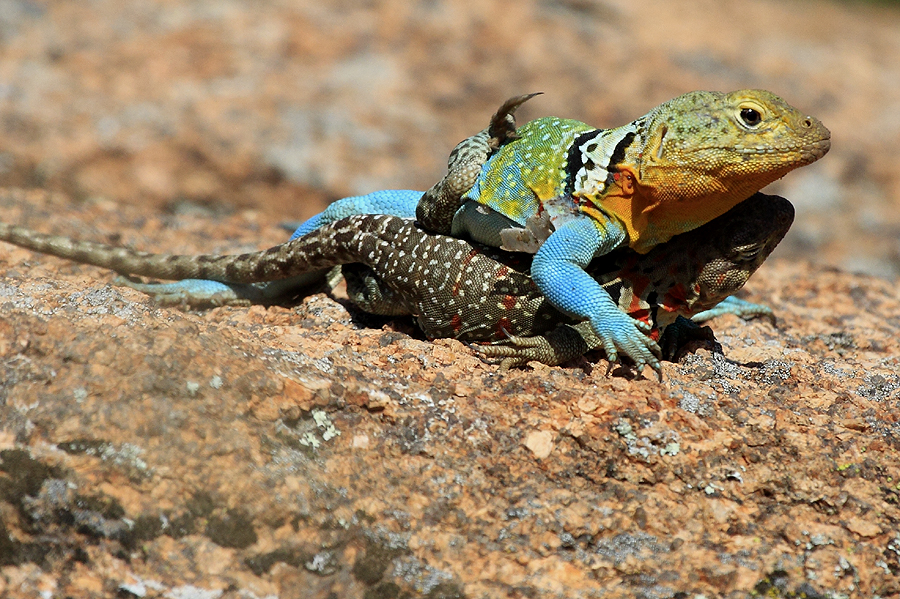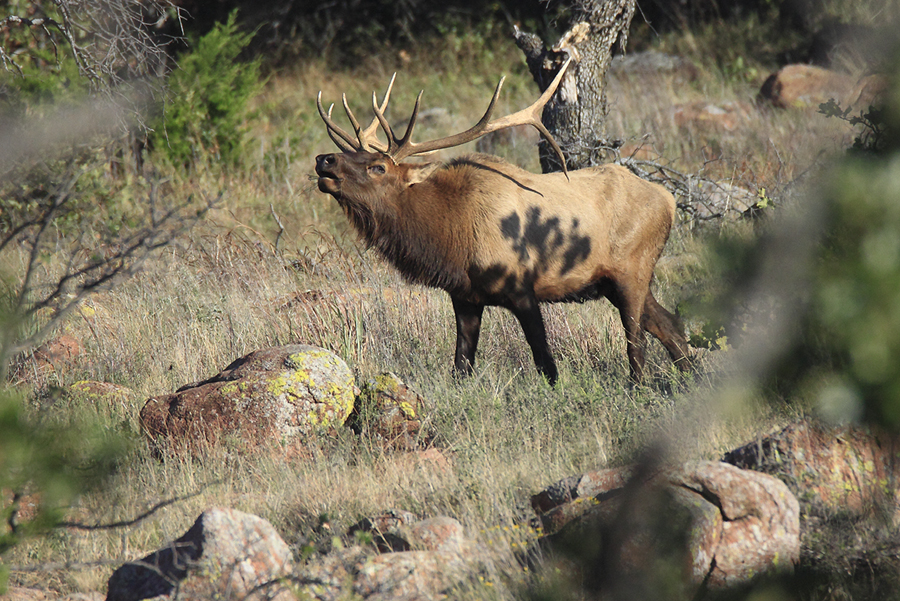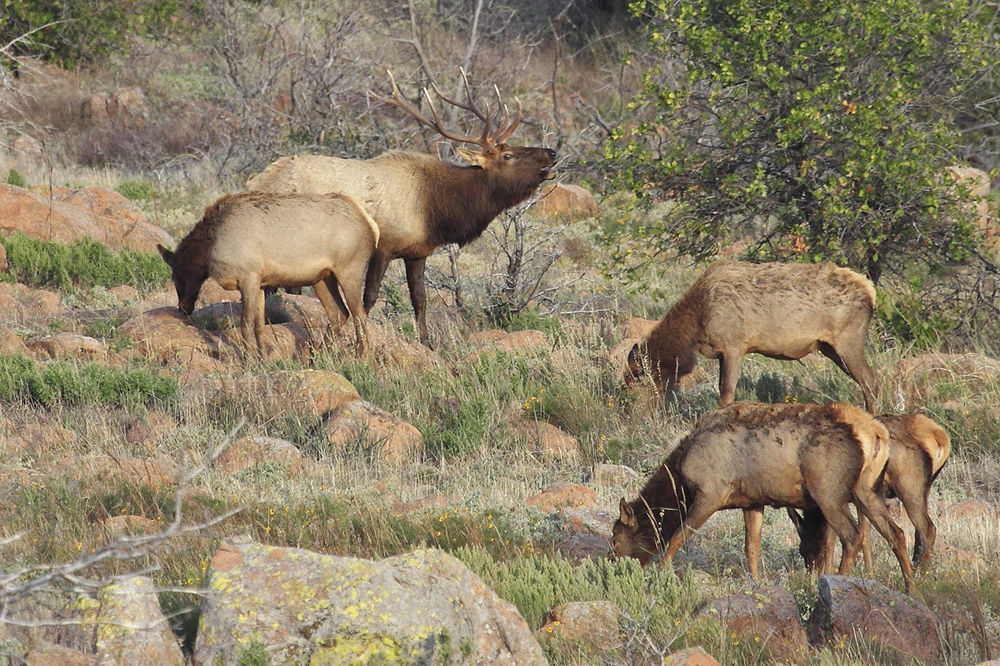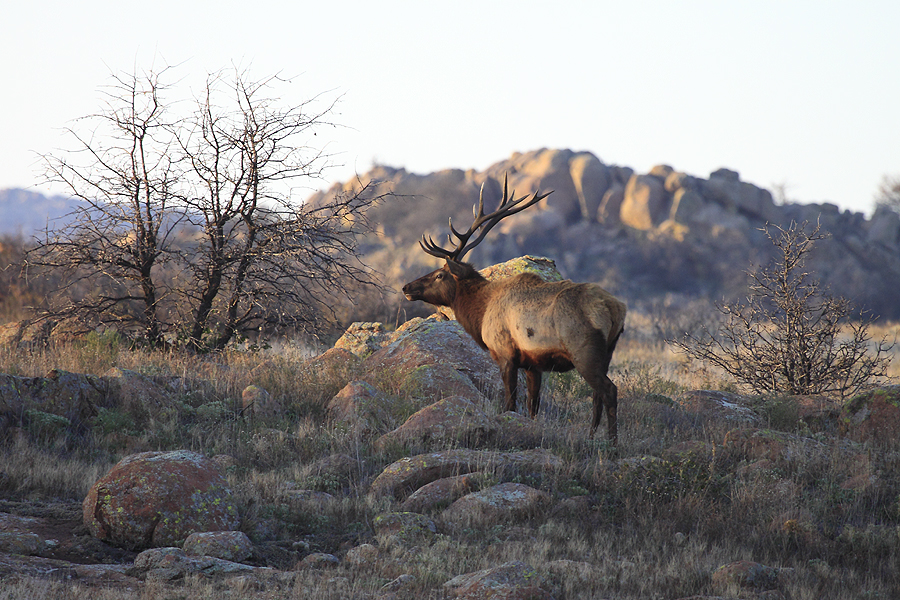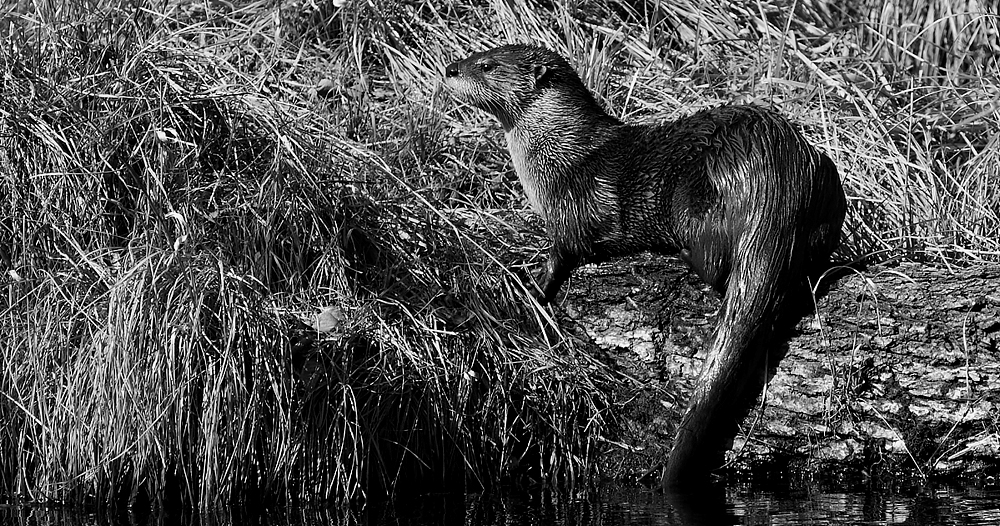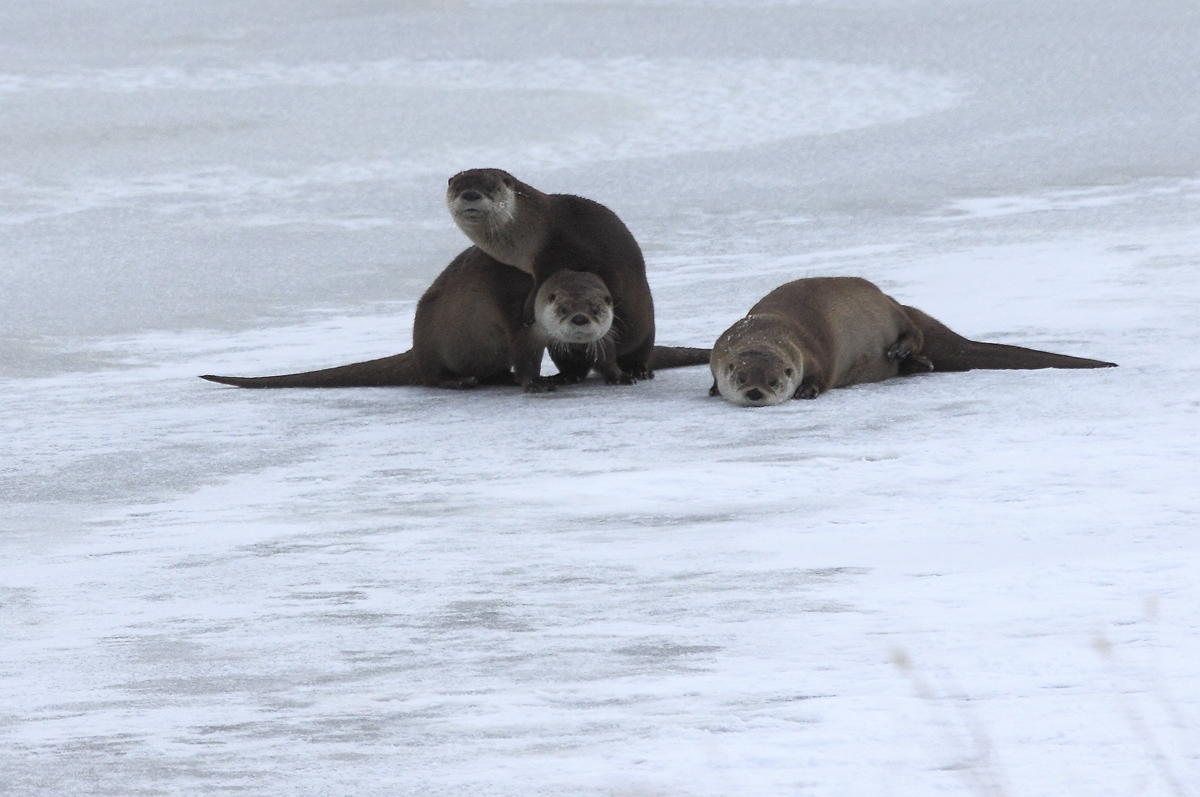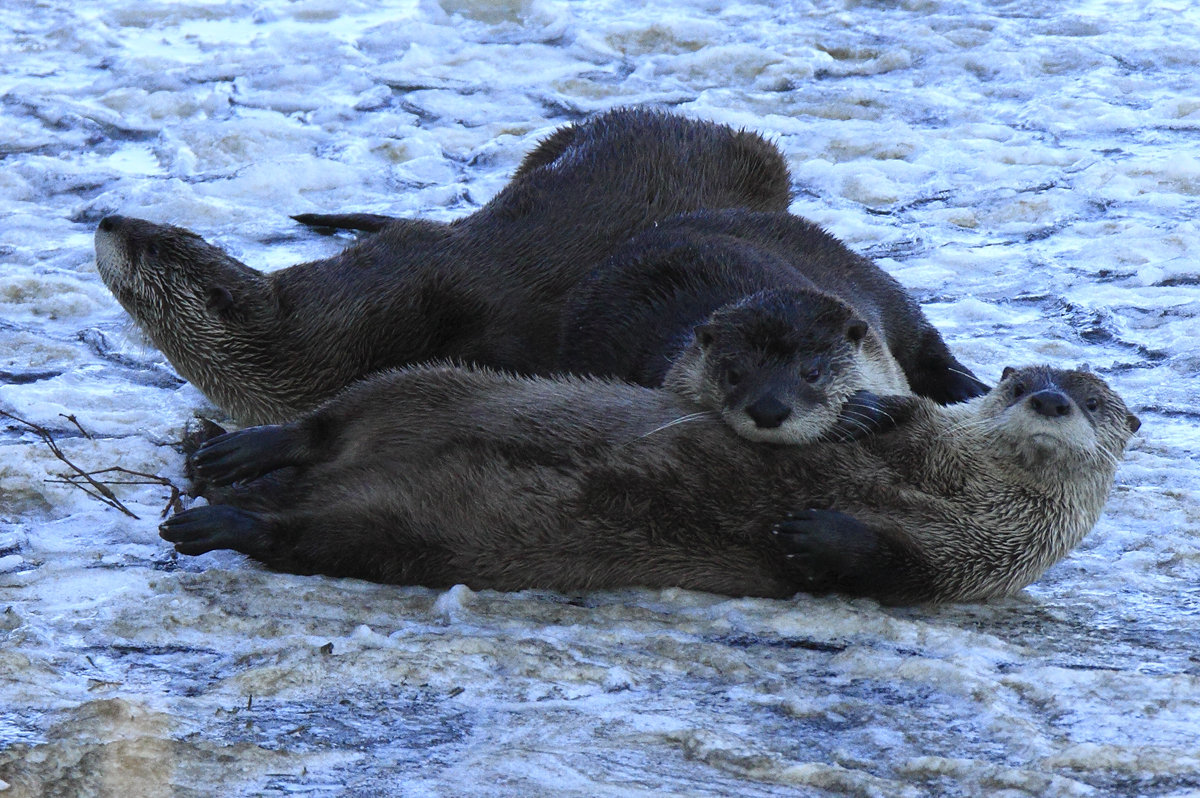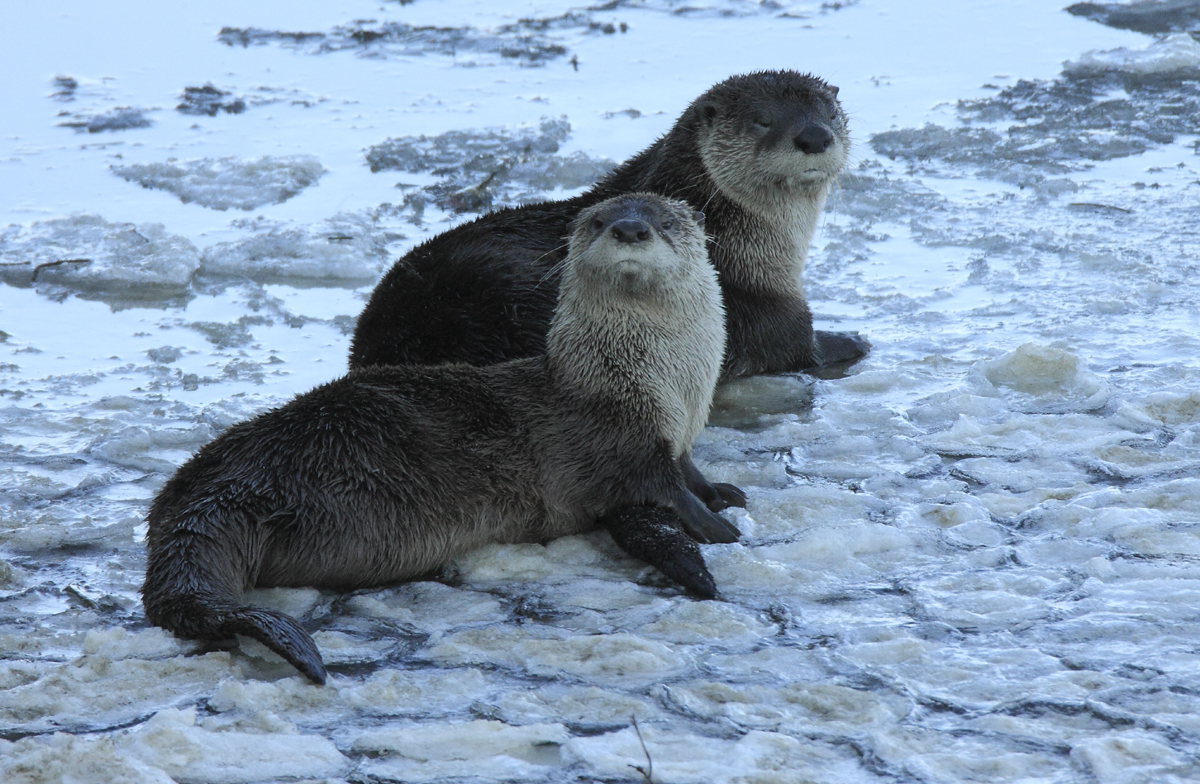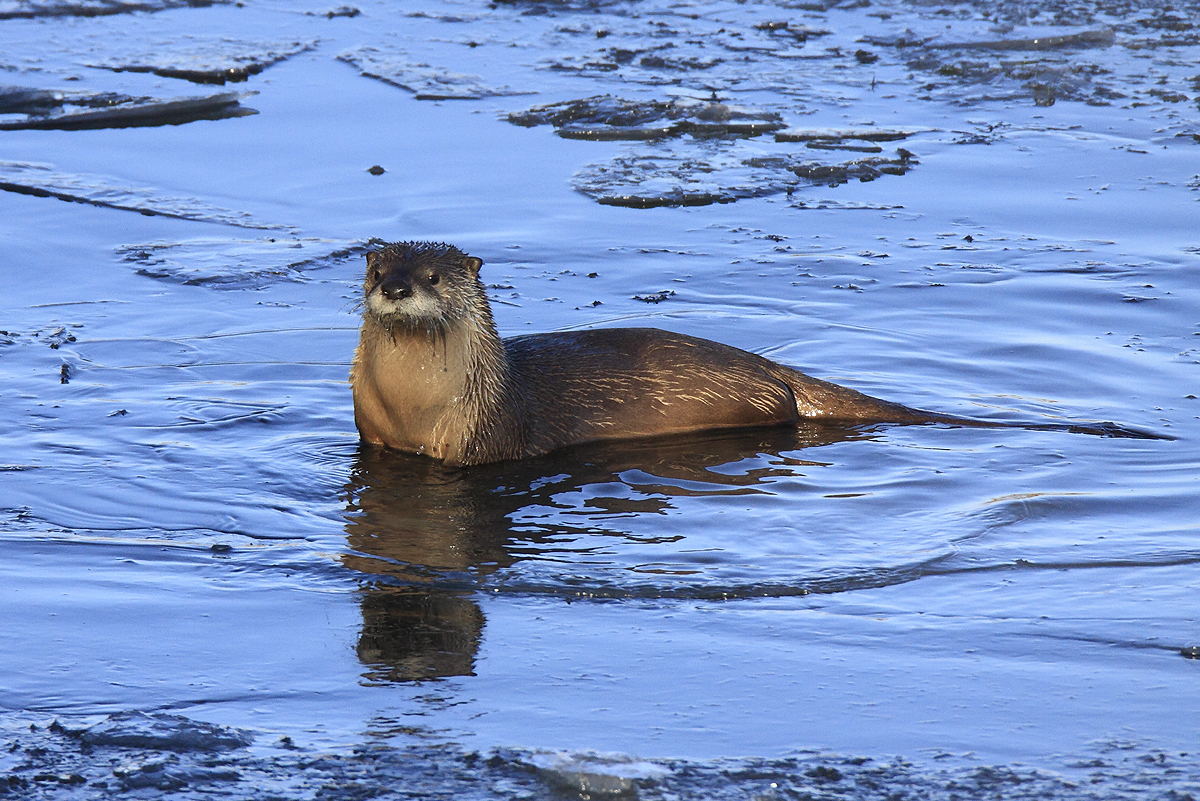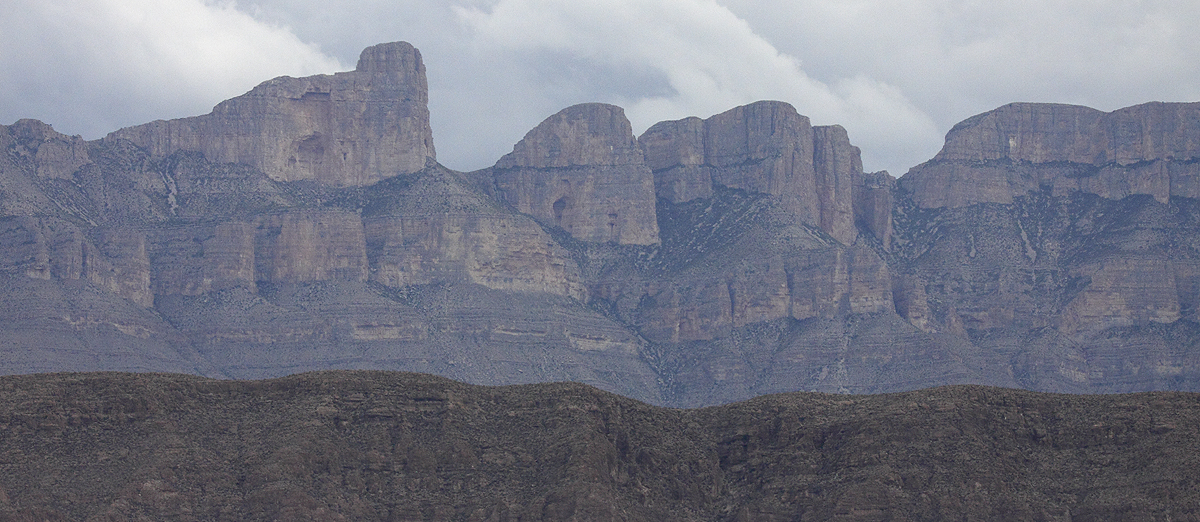
Big Bend Trip #1 – April 2010
The early Spanish explorers called it El Despoblado, the uninhabited land. My first trip there forever stirred my soul. This country boy raised in the rolling hills of Oklahoma fell in love with everything. A desert landscape dominated by ocotillo, cactus, yucca, and cresote. The lush green growth along the Rio Grande as it flowed through massive canyons along the border. And the majestic Chisos Mountains in the heart of the park covered in a oak and pine forest rising up over 5,000 feet in elevation above the river with the incredible views from the rim trail that took me to a another time and place dominated by the refreshing feeling of solitude.
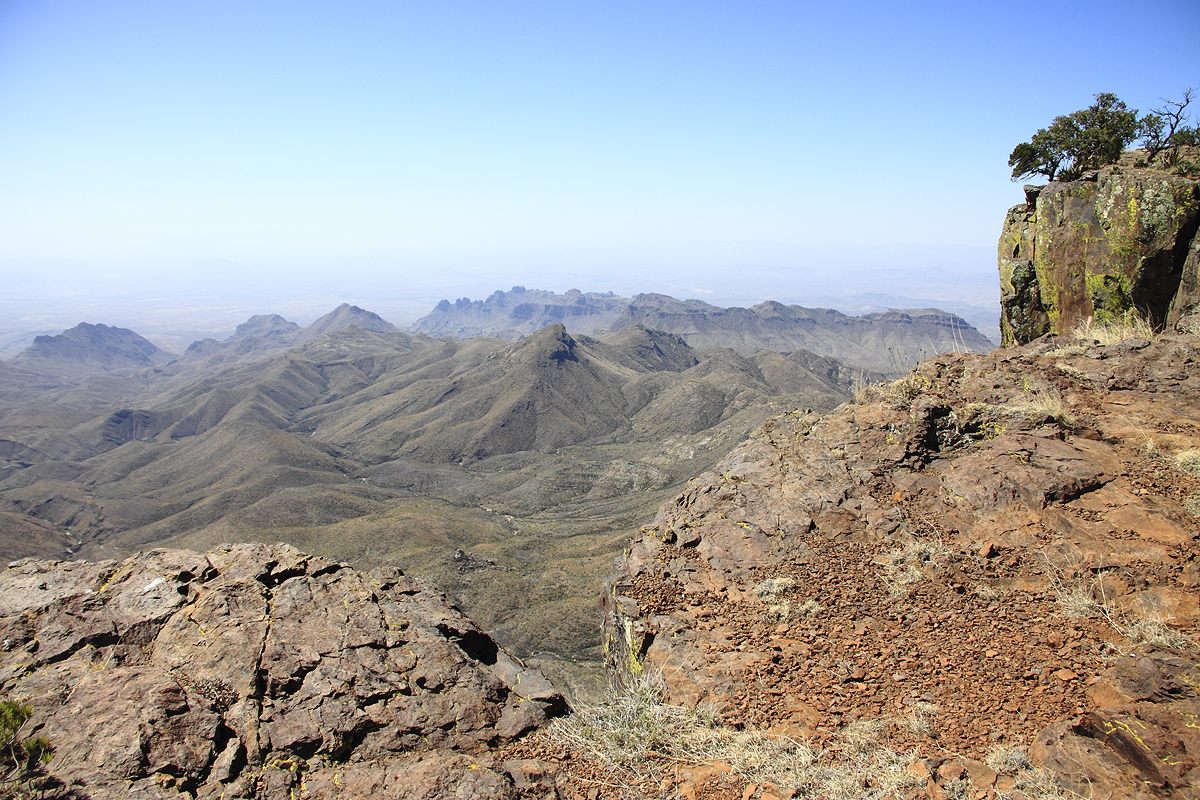
The first evening, I camped in a primitive site north of the Chisos. After spreading out a tarp on the Chihuahuan Desert floor in the fading light, I lay there soaking it all in as the landscape came alive with the sounds of life emerging from burrows and shaded places. Countless stars dominated the night sky from horizon to horizon, brighter than any full moon back home. It took me back to my youth in the 60’s, before we became afraid of the dark and other people, and put light poles and security lights everywhere. I knew from that night on, visiting Big Bend would not be a one time event, but the first of many to follow.
Big Bend Trip #2 – April 2012
My return trip was just as amazing as the first, spending a few days with friends exploring and hiking. We backpacked the Marufa Vega Trail, but because of the heat, conditions were not ideal. The last mile of the trail where the elevation dropped an incredible 1000 feet down to the river was definitely a highlight! However, my trip was cut short by a gash in the sidewall of a tire. Big Bend is not a place to be driving without a spare because of it’s isolation; but that is one of the things that draws me here. The plan for the next trip will be two spares instead of one.
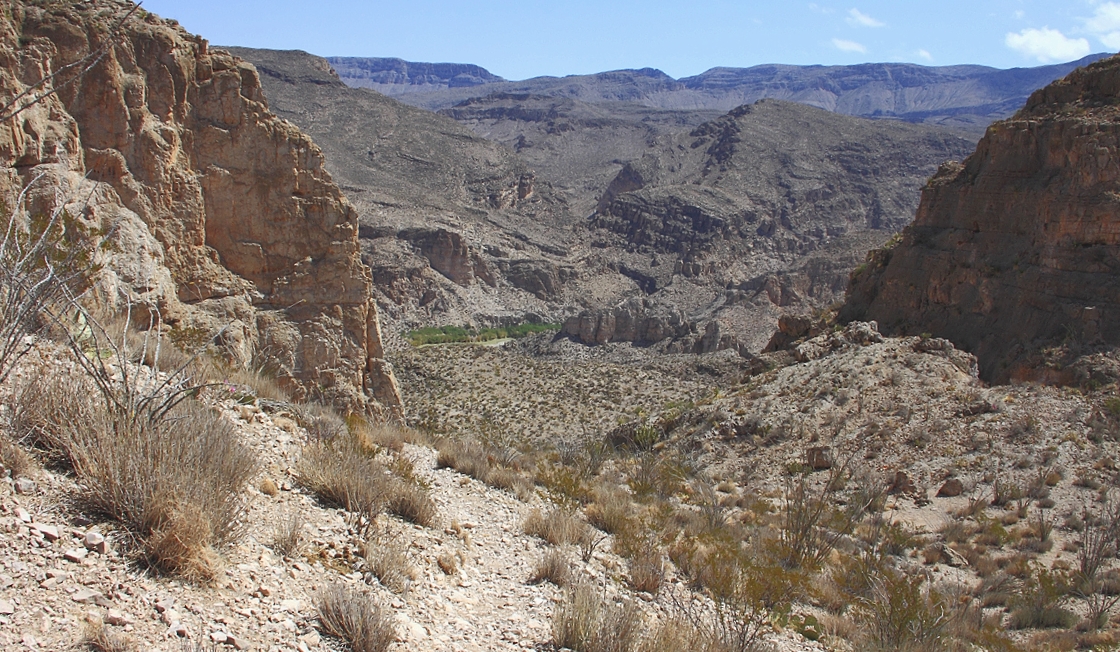
Big Bend Trip #3 – April 2016
This trip was for the birds! Through research, I discovered that Big Bend is one of the best places in the United States to photograph them. More than 450 species can be found in the park throughout the year, with the peak being the northern migration the last week of April. My previous trips were in early April to see cactus in bloom and photograph reptiles. It’s hot in early April, add another two weeks and the comfort level is almost intolerable in the desert sun.
Staying in shade as much as possible, wearing baggy light colored clothing, and a lot of water is a must. People die in Big Bend because of the lack of respect the desert deserves, over estimating their experience, making bad choices, or being unlucky. The park service shuts down the Rio Grande Village Visitor Center for the summer on the 1st of May because of extreme temperatures along the river.
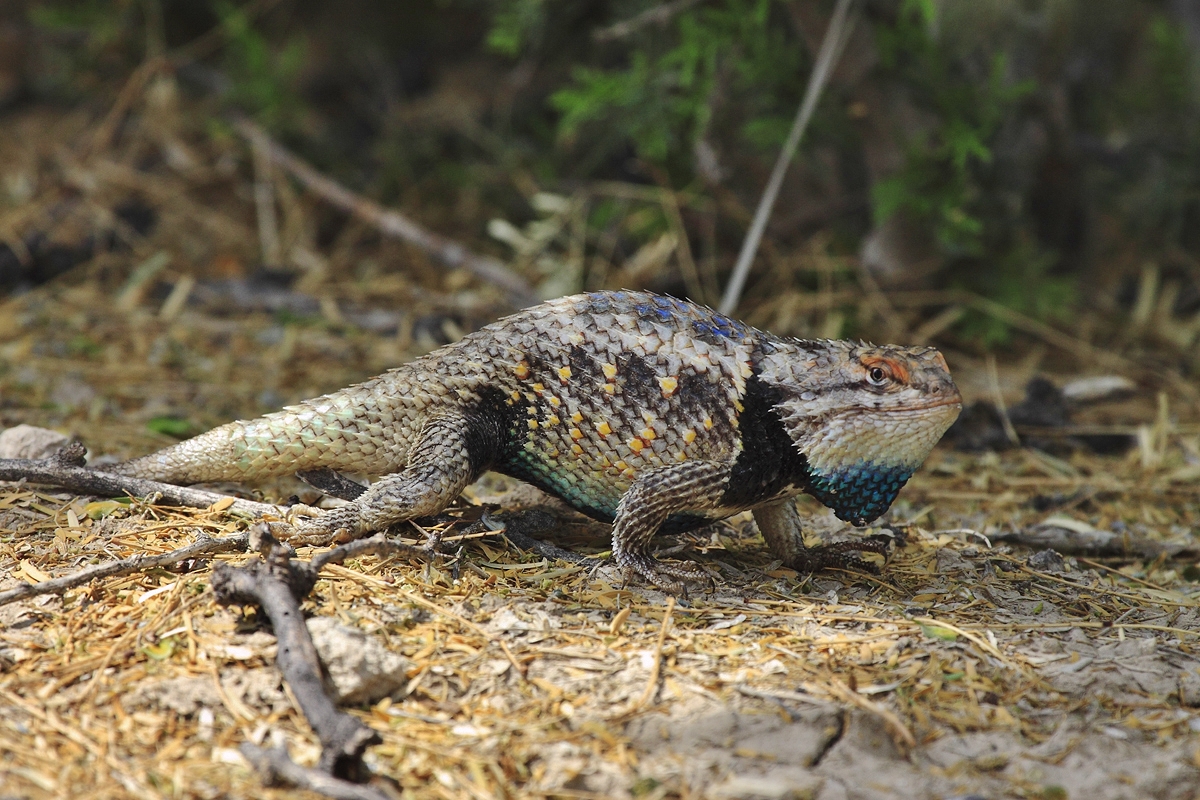
April 20, 2016 – Travel Day
The night before, I loaded everything but the ice chest into the Chevy Uplander van, in anticipation of an early start. I rarely sleep well before a trip and wanted to take advantage of that, by getting to Big Bend early in the afternoon to reserve a primitive desert campsite and then scout around. Although I’ve stayed in the Basin Campground in the Chisos Mountains before, I prefer an isolated campsite away from the crowd. Driving 10 hours one way to have another campsite ten feet away from my tent is not on my to do list.
I arrived to the park at 3 PM and the window at the entrance had a sign stating both the basin campground and lodge in the Chisos Mountain were completely full. Although I wasn’t heading that way, it signaled there were a lot of people in the park. I used my volunteer pass for a free 10 day stay and reserved 4 nights on my back country pass at Panther Junction.
Pulling up to the stop sign in front of the Rio Grande Village (RGV) store reinforced the feelings of a crowded park. The RV hookup area was full and the wifi access porch on the side of the store was packed with bikers enjoying the shade, cold drinks, and ice cream bars. I turned right and slowly drove toward Daniels Ranch which was at the end of the road. The area near Daniels I like to call the greenbelt, because it has an irrigation ditch traversing through it, and a park like setting that seems out of place in the desert, but makes it ideal for seeing birds and wildlife. As I was driving down the road, an angry bird approached the vehicle.
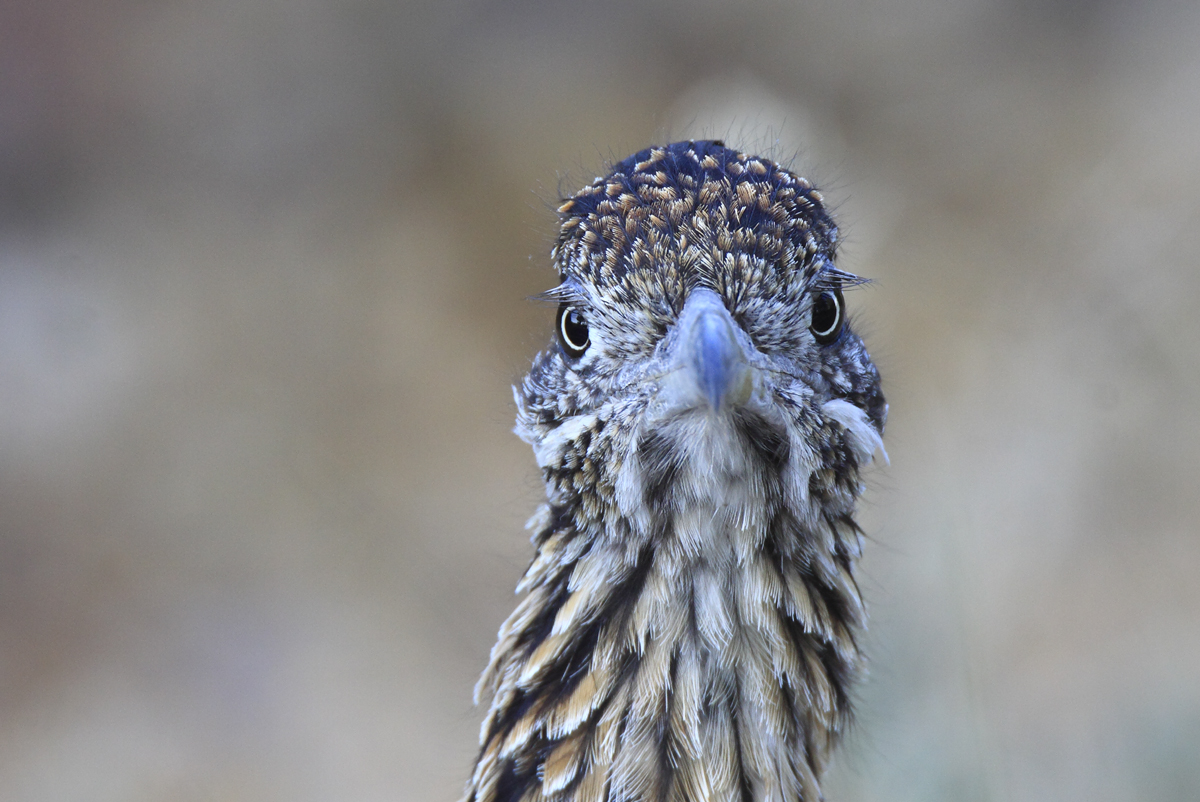
Nothing of interest caught my eye at Daniels, so a short drive to the Hot Springs District and a hike down the Hot Springs Trail provided me with a nice shot of the Sierra Del Carmen with the Rio Grande in the foreground.
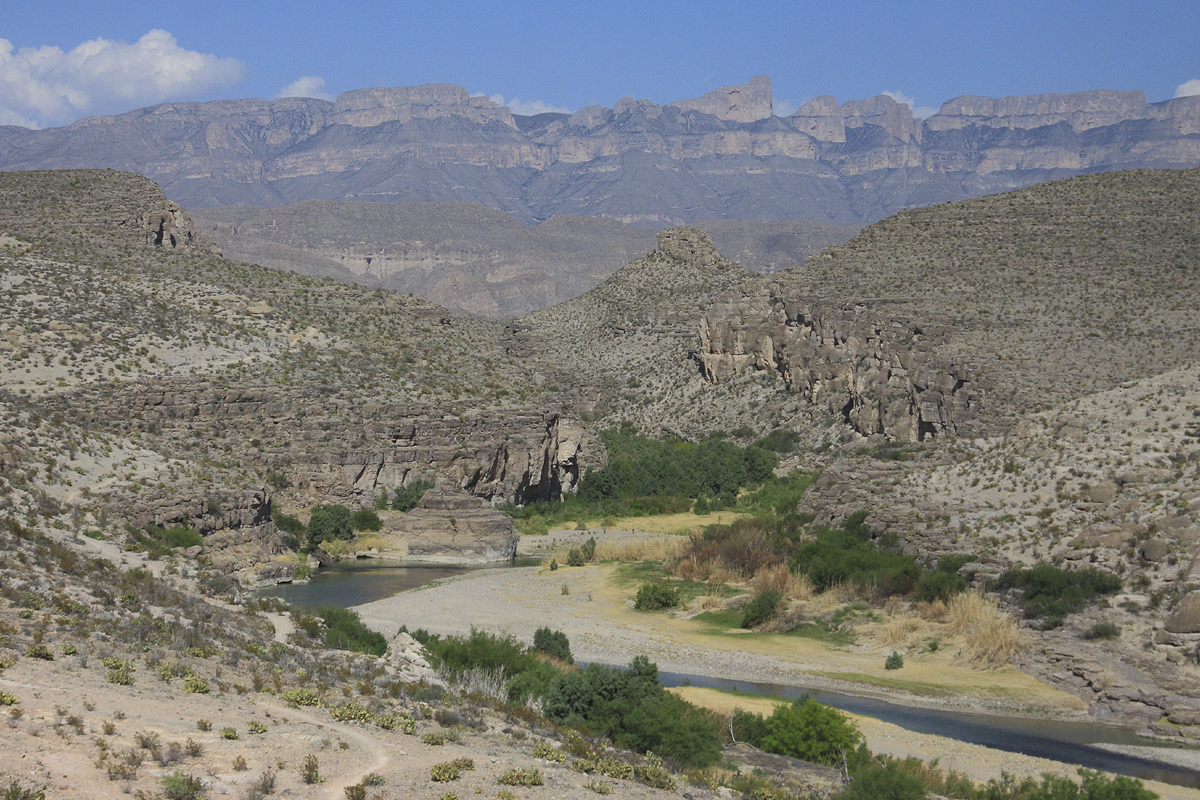
Driving back to the greenbelt provided me with an opportunity to shoot a family group of javelina consisting of 9 adults and two piglets. After getting out of the Uplander, I spent about twenty minutes putting myself in a position where they would cross my path, then I backed up against a large tree and waited. They got very close, leading me to believe their eyesight isn’t a strong point, but I did see them frequently raise their snouts into the air to check the wind for scent.
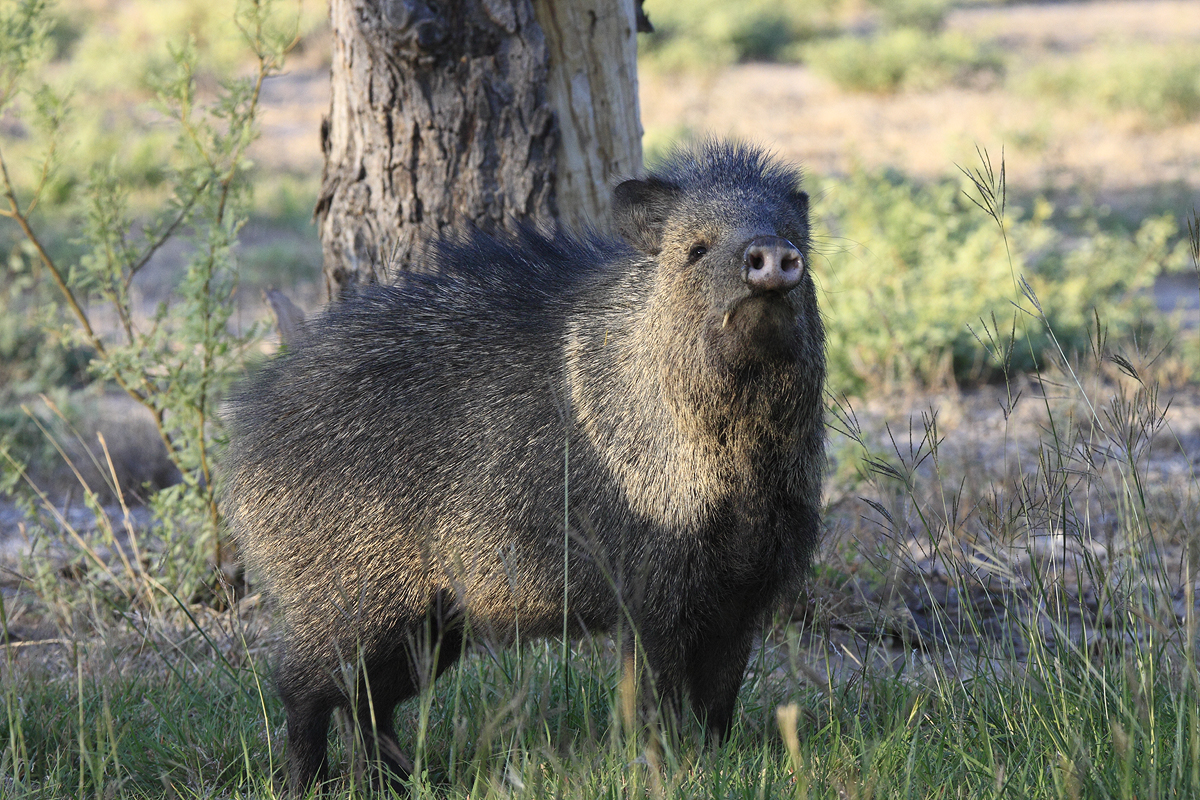
The sow with the two piglets stayed the furthest from me by hugging the tree line that borders the northern edge of the greenbelt.
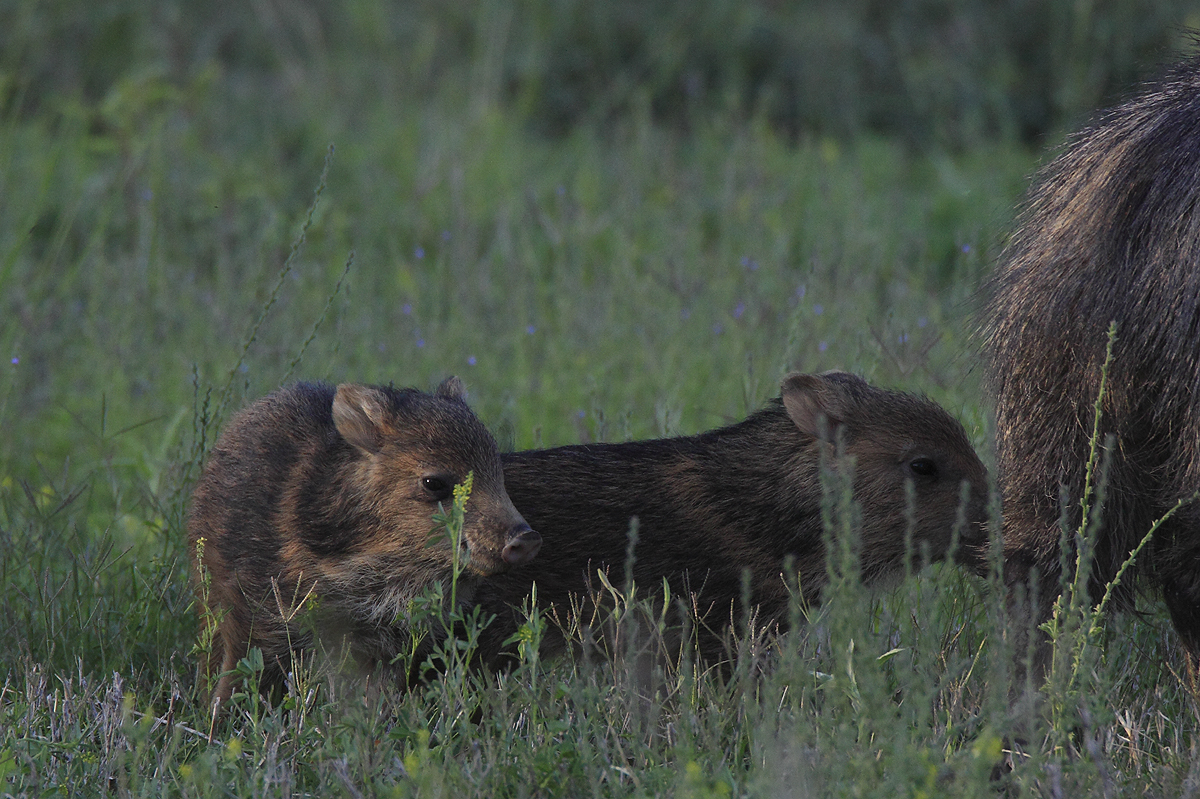
I was covered in sweat by the time I got back to the Uplander, in spite of staying in the shade of the trees while stalking the javelinas. It had finally cooled off enough towards sunset to take a shower at the RGV store and drive to camp. I stopped along the way for a couple hand held shots of the landscape with the 150-600 mm lens, mainly because there wasn’t time to switch lenses and get out a tripod.
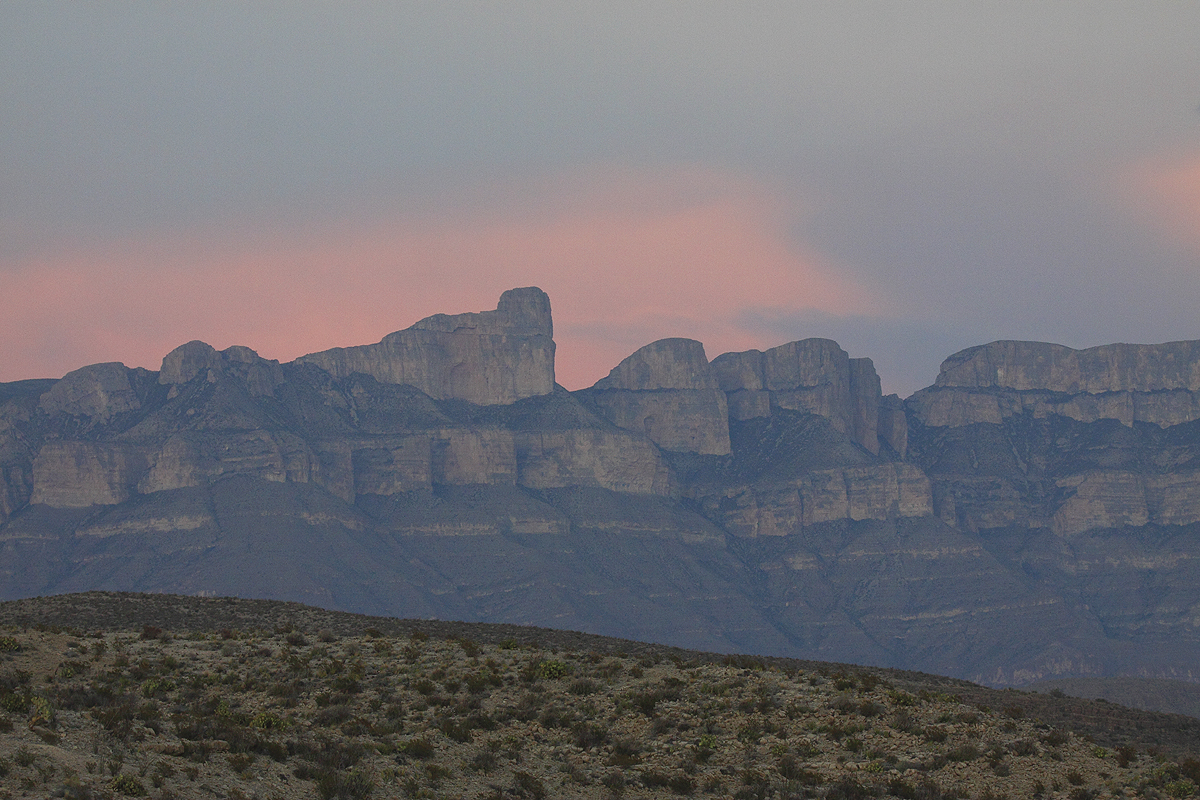
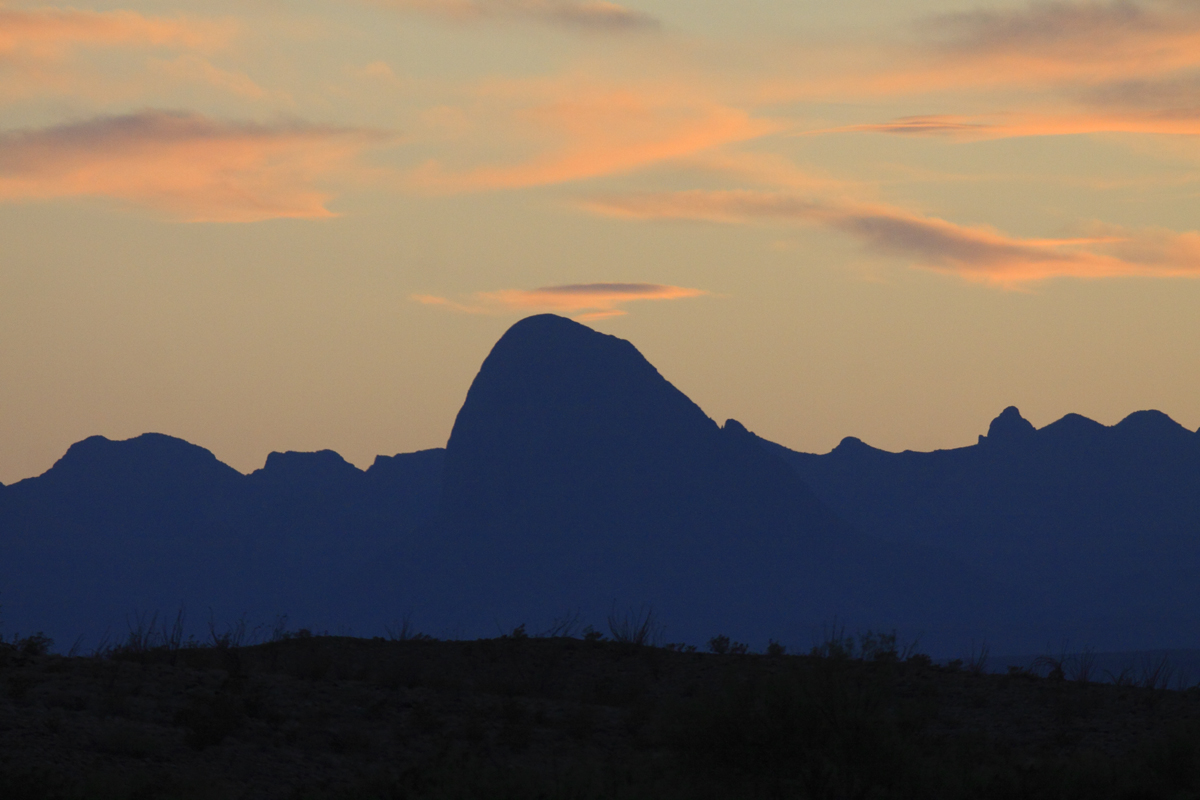
After arriving at K-Bar 1, a primitive campsite east of the Chisos Mountains, I dug out the camp chair to take in the spectacular transition of day to night. A cold adult beverage and the sounds of nature had a relaxing, calming effect after a long day of driving. A notification from Sky Guide, an app on my iphone, alerted me that the International Space Station was about to fly directly overhead, a subtle reminder that I’m not as far off the grid as I thought. After a few texts back and forth with the wife to let her know I was OK, it was time to drag out the sleeping bag. Throwing a tarp on the ground and sleeping under the stars was the plan, but the Kangaroo rats hopping around under foot wouldn’t leave me alone. Being tired and not wanting to pitch a tent now, I ended up clearing enough space in the Uplander and slept there.
